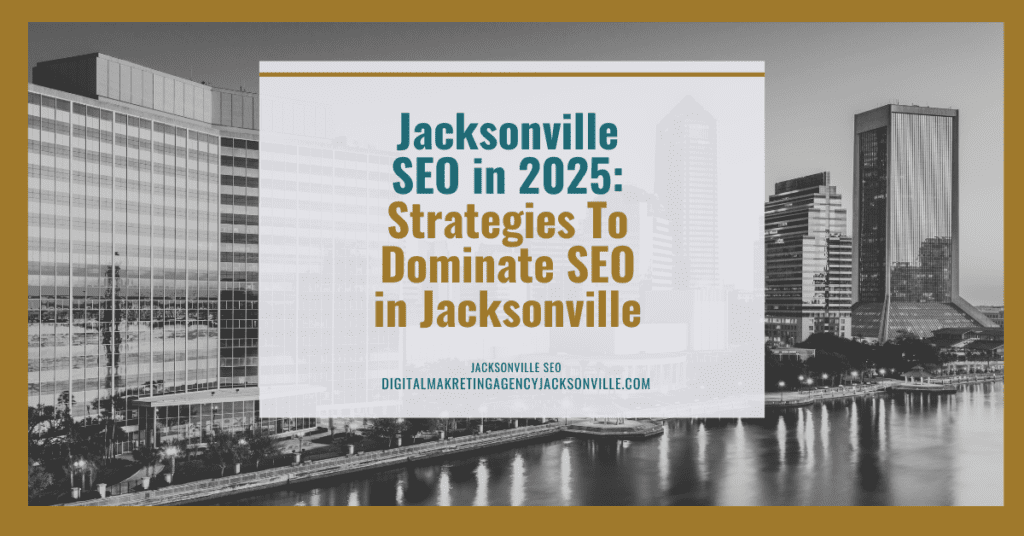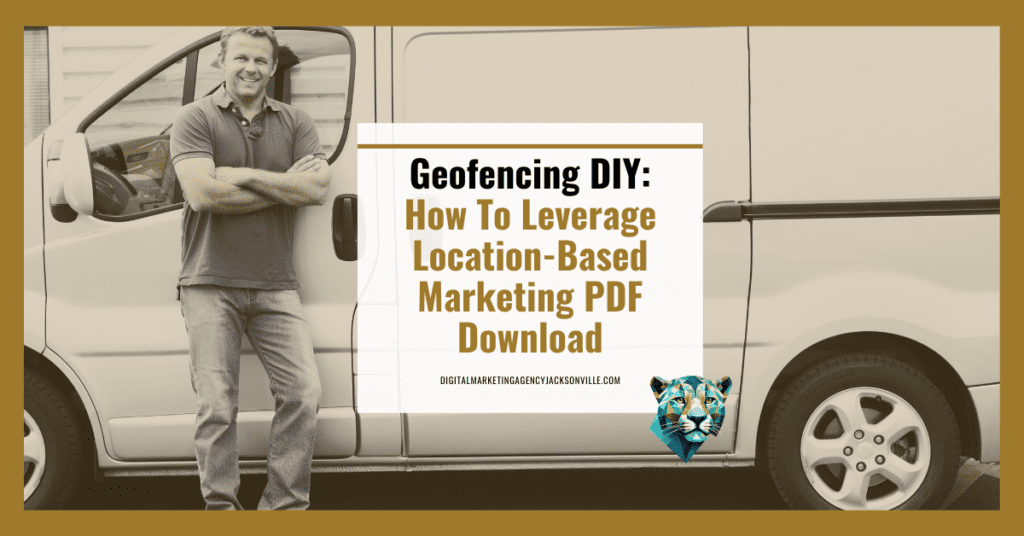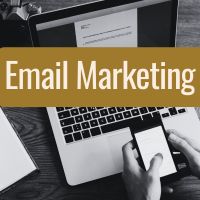DIY Geofencing: A Guide for Businesses Looking to Leverage Location-Based Marketing
- What Is Geofencing?
- Why DIY Geofencing?
- How to Set Up DIY Geofencing
- When to Work with a Geofencing Agency
- Jacksonville Geofencing Agency
Geofencing has become a game-changer for businesses looking to target potential customers with location-based marketing. Whether you’re a small business owner or a marketer seeking to enhance your advertising strategy, DIY geofencing can help you attract local customers and boost engagement. While working with a professional geofencing agency can provide expertise, this guide will show you how to implement geofencing on your own.
What Is Geofencing?
Geofencing is a location-based technology that allows businesses to create virtual boundaries around specific areas. When a potential customer enters this predefined zone, they can receive targeted ads, push notifications, or SMS messages. Geofencing is widely used in digital marketing campaigns to drive foot traffic, increase sales, and improve brand awareness.
Why DIY Geofencing?
Many businesses turn to a digital marketing agency in Jacksonville to handle their geofencing needs, but if you want to try it yourself, DIY geofencing can be a cost-effective solution. By using readily available tools and platforms, you can:
- Target customers based on their real-time location
- Increase conversions with precise messaging
- Gain valuable customer insights
- Reduce advertising costs by focusing on high-intent users
Geofencing In Your Industry
To help illustrate how geofencing can be applied, here are some real-world examples:
- Retail Stores: A clothing boutique sets up a geofence around a nearby shopping mall. When customers enter the mall, they receive a push notification offering a 15% discount if they visit the store within the next hour.
- Restaurants: A fast-food chain uses geofencing to target people who visit a competitor’s location. When someone enters a competing restaurant’s geofence, they receive a mobile ad with a special offer to visit the chain instead.
- Car Dealerships: A dealership sets up a geofence around competing car lots. When potential buyers visit those lots, they receive a message offering a free test drive or a discount on a vehicle purchase.
- Event Marketing: A concert venue uses geofencing to promote upcoming shows. When attendees arrive at a similar event, they receive notifications about future concerts and early-bird ticket sales.
- Healthcare Clinics: A dental clinic geofences residential areas and office complexes nearby. Residents receive a reminder that it’s time for their next check-up, along with an easy appointment booking link.
- Real Estate: A real estate agency geofences open houses and high-interest neighborhoods, sending potential buyers listings of similar homes for sale in the area.
How to Set Up DIY Geofencing
1. Choose the Right Geofencing Platform
Several geofencing platforms allow businesses to create their own virtual perimeters and deliver targeted advertising. Some popular options include:
- Google Ads Location Targeting
- Facebook Ads with Geotargeting
- Instagram Ads with Geotargeting
- GroundTruth
- Radar
- Foursquare Ads
Learn how digital marketing agency Jacksonville can help with social media marketing.
2. Define Your Geofence Area
To get started, determine the geographic area where you want your geofence to be active. This could be:
- Around your business location
- Near competitors’ stores
- In high-traffic areas (malls, stadiums, events)
- Around specific zip codes
- During specific events
- Re-marketing
3. Set Up Location-Based Triggers
Once you’ve established your geofence, set up triggers to engage customers. Common geofencing triggers include:
- Push Notifications: Send alerts to users who have your app installed.
- SMS Marketing: Deliver text-based promotions when users enter the geofenced area. This is only legal with prior consent and is not recommended unless the customer clearly requests to accept SMS ads.
- Mobile Ads: Show targeted ads via Google, Facebook, or third-party ad networks.
Learn more about AI Implementation in Social Media Marketing.
4. Craft Compelling Offers & Messages
The success of your geofencing campaign depends on delivering the right message at the right time. Some effective strategies include:
- Limited-time discounts
- Event-based promotions
- Personalized recommendations
- Competitor price-matching alerts
Learn more about email marketing.
5. Optimize & Analyze Performance
Once your geofencing campaign is live, track its performance. Key metrics to monitor include:
- Click-through rates (CTR)
- Conversion rates
- Foot traffic analytics
- Customer engagement levels
Adjust your geofencing strategy based on these insights to maximize ROI.
When to Work with a Geofencing Agency
While DIY geofencing is a great way to get started, businesses that want more advanced targeting and analytics may benefit from partnering with the best digital marketing agency in Jacksonville. A professional agency can:
- Provide advanced audience segmentation
- Implement AI-driven optimizations
- Integrate geofencing with other digital marketing strategies
- Offer detailed reporting and ROI analysis
Jacksonville Digital Marketing Agency is the top rated marketing company in the Jacksonville area.
Jacksonville Geofencing Agency
DIY geofencing can be a powerful tool for businesses looking to engage local customers in real-time. By leveraging the right platforms and strategies, you can enhance your marketing efforts without the need for a professional Jacksonville geofencing agency. However, if you’re looking to scale your campaigns and achieve greater results, working with a digital marketing agency in Jacksonville may be the best approach.
Ready to implement geofencing for your business? Start small, test different approaches, and optimize based on results!









